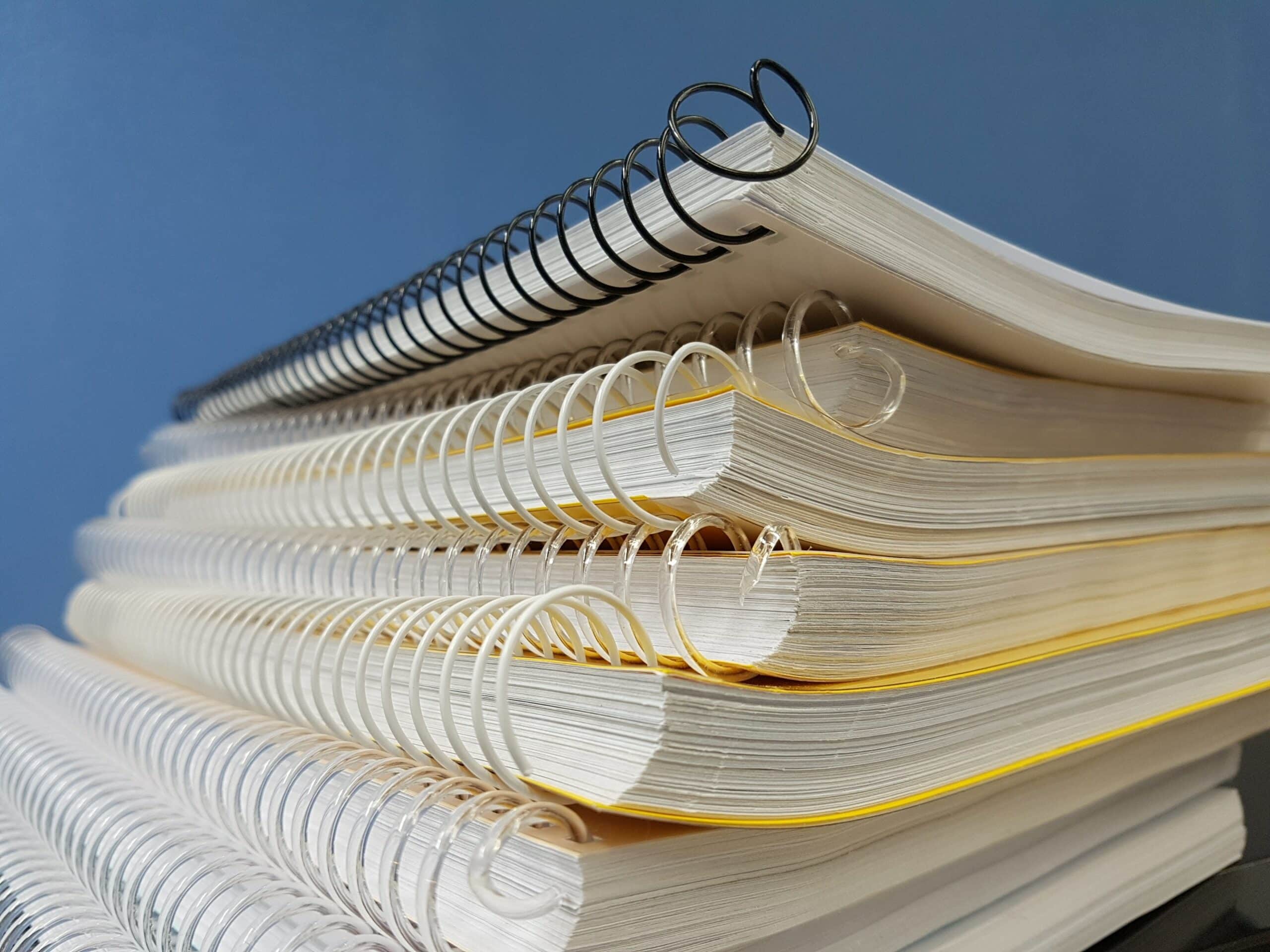The DfE’s planned LA and school expenditure states £0.2 billion will be spent on central services funded through the schools’ budget. It’s good news for those involved with asset management, as this task falls into this category. And with the countdown to the summer holidays firmly on, we bet preparations are starting to be put in place to give your school or MAT’s assets an all-important audit.
We also reckon the enormity of the task has led a few of you to procrastinate – after all, it’s only human nature to put off tasks we don’t look forward to! Yet despite the time and effort needed for this task, the clarity and payback over your school’s resources isn’t to be underestimated.
Give asset management the time it deserves this summer with the help of our snapshot guide on making it as straightforward as possible.
What is asset management?
Depending on who you ask, asset management means several things. IT teams may think of it as hardware and software licences, whereas estates managers will use it in the context of buildings and electrics.
Regardless of the discipline, there are three components of asset management that remain at its core:
- Knowledge of the assets you have and where they’re located
- Updates and movements to assets (e.g. between school sites)
- Cost implications – like renewals, replacements, and depreciation
Why is asset management in schools important?
Each of the three points above is integral to in helping schools to get the most value from its equipment – significant given the constant budget pressures in the sector. When you know which assets are/aren’t available to students and teachers – and why – you can make more informed decisions about where money needs to be spent either fixing or replacing resources. In turn, you’re able to manage your school or MAT’s inventory in a more cost-effective way.
What should be included on a school asset register?
But to achieve this informed take on assets, there’s a task that needs carrying out: the asset audit. It works hand in hand with your school’s asset register, the record of all assets within or across your organisation’s buildings and sites.
As a reminder, the asset register should include the following details for every asset your school owns:
- Unique ID number or code
- Description – including details like its make and model
- Location – e.g. the building, room, or department where it can be found
- Current condition (including details of any defects or damages)
- Date and price of purchase or acquisition
- Current value
- Depreciation value (how much value the asset has lost over time)
- Maintenance history – including details of repairs to the asset (like date, cost, and type of work)
- Disposal – what to do if you need to sell or rid of the asset, plus the date of disposal and where any proceeds should go
Spreadsheets VS asset management software
You might be used to seeing this information recorded on a ‘live’ spreadsheet where you can manually update details as and when necessary. Yet that’s all well and good until someone accidentally forgets to save the latest version and wipes all the data you’ve just finished hours of painstaking input! It’s also one of the reasons why we’re seeing a trend in growing schools and MATs taking up asset management software, a digital system that does the hard work (i.e. those long-winded, manual tasks) for you.
School asset audits: What’s involved?
Whether you’re running the audit internally or outsourcing to an asset management specialist, the activity will typically follow the stages listed below:
- Internal or external auditors create a digital record of all assets currently owned by the school, tagging each asset with its unique ID code.
- The digital record is populated with all the required details about each asset (as above), with auditors making a log of any missing or outdated information that needs following up.
- The record is sense-checked for any assets that appear to be missing or in the wrong/an unusual location.
- This is really where the only ‘hard’ part should start – playing detective to find those misplaced assets, then tagging and adding their details to the record!
Keeping on top of the asset register
As time passes, some details on the asset register will naturally begin to outdate. Whilst you don’t need to go back to square one and carry out a full asset audit every time a single asset’s lifecycle is up, ongoing maintenance of the register should form part of your school’s asset management process.
What about assets that are broken?
And within this, there’s the frequent mistake where we assume an asset that’s past its best is simply ‘written off’. For instance, a desktop computer that’s been sat in the office for almost a decade. Whilst it may have depreciated to an extent it’s not really sellable, there’s still a replacement cost to consider. So, it’s just as important to prioritise the condition and value of all assets, not just the shiny new tablets that arrived last week!
Get asset audit ready for summer
Like with anything, the more organised and streamlined your asset management process is, the more benefits – and less inconveniences – your school’s students, staff, and visitors will experience.
To get started with exploring how asset management software could support your school’s audits this summer, speak to our team!



